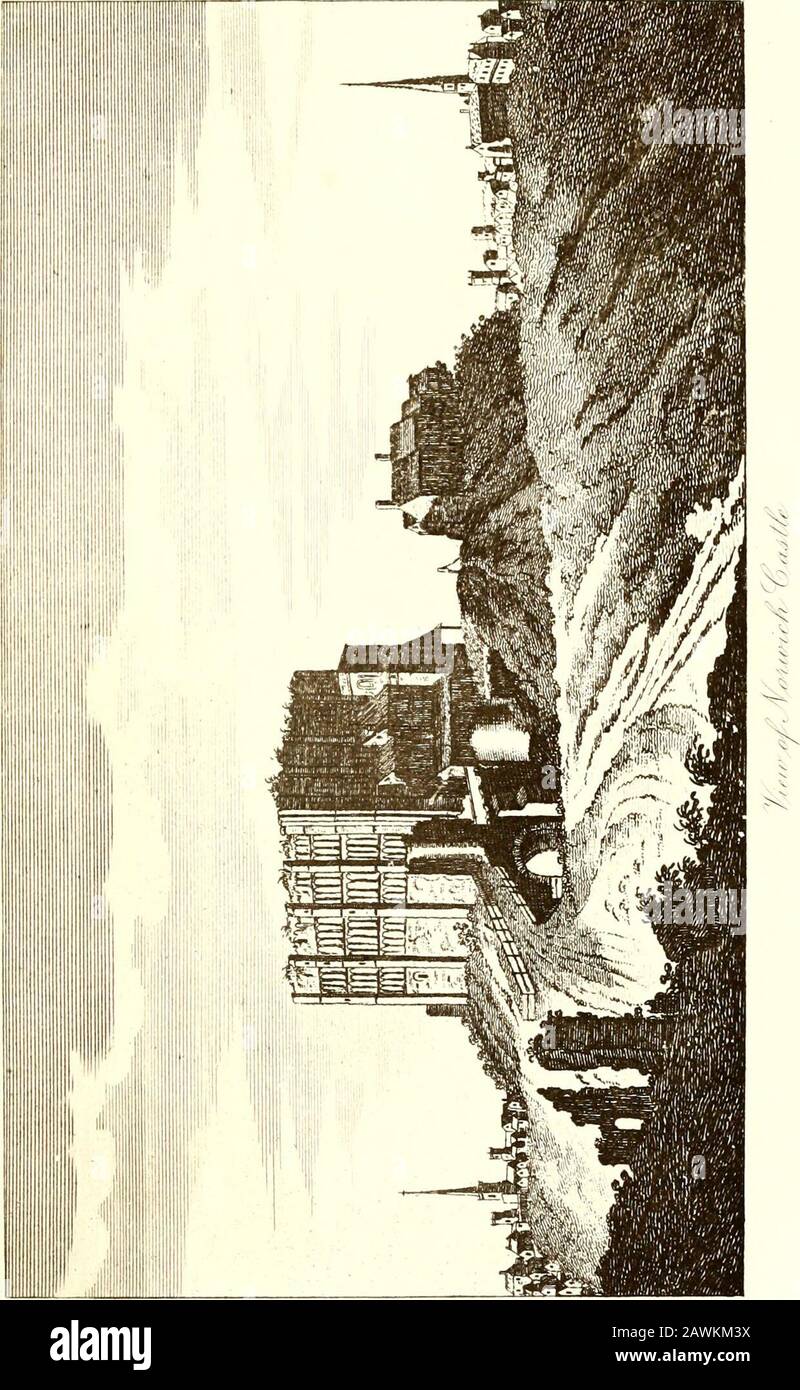The ancestry of Abraham Lincoln . precipitous hill-side fell away to Dussindale, where the Wensum then as nowflowed sinuously between the hill and the city wall — on thisside low, out of repair, distant from the citys centre and diffi-cult of defence. Behind him, for supplies, lay the fattest landsin Norfolk. On this spot, beneath a spreading oak named by Kett him-self The Oak of Reformation, he set up his court, exercis-ing freely all the functions of the power he dreamed of.Reinforcements, such as they were, flowed in apace. To holdthis growing rabble in check, to direct its restless energie

Image details
Contributor:
The Reading Room / Alamy Stock PhotoImage ID:
2AWKM3XFile size:
7.1 MB (527.6 KB Compressed download)Releases:
Model - no | Property - noDo I need a release?Dimensions:
1240 x 2014 px | 21 x 34.1 cm | 8.3 x 13.4 inches | 150dpiMore information:
This image is a public domain image, which means either that copyright has expired in the image or the copyright holder has waived their copyright. Alamy charges you a fee for access to the high resolution copy of the image.
This image could have imperfections as it’s either historical or reportage.
The ancestry of Abraham Lincoln . precipitous hill-side fell away to Dussindale, where the Wensum then as nowflowed sinuously between the hill and the city wall — on thisside low, out of repair, distant from the citys centre and diffi-cult of defence. Behind him, for supplies, lay the fattest landsin Norfolk. On this spot, beneath a spreading oak named by Kett him-self The Oak of Reformation, he set up his court, exercis-ing freely all the functions of the power he dreamed of.Reinforcements, such as they were, flowed in apace. To holdthis growing rabble in check, to direct its restless energies The ruins of St. Michaels chapel, otherwise Kelts Castle, stand on theleft-hand side as you ascend Gas-Hill to the brow of the Heath, in what is nowthe garden of the manager of the city gas-works. The chapel anciently stoodin Tombland, within the city, whence it was removed to its present site byHerbert de Losinga, Bishop of Norwich, when, founding the monastery andthe cathedral, he sought to improve the approach on the west.. THE NORFOLK FURIES 53 into the channel of his ambitions, was a task more than suf-ficient even for one of Ketts calibre. Supplies were plentiful, and his lawless followers, waxing fat and unruly, ravaged thecountryside for miles around, indulging in wholesale plunder, sacking mansions, haling before their chief all who resistedtheir exactions. To cool their misdirected ardour, and at thesame time to further his own projects, Kett resolved to attackthe city without delay. His resolution was both confirmedand quickened by the arrival on the scene of the Marquisof Northampton, a general, according to repute, betteracquainted with the witty than the warlike side of Pallas, more skilled in leading a measure than a march. At hisback the Marquis had about 2500 men; Kett, 20, 000. The first intimation the startled watchers upon the ram-parts had of Ketts design was supplied by the emergence fromthe river of a dripping band who hurled themselves with irre-sistible